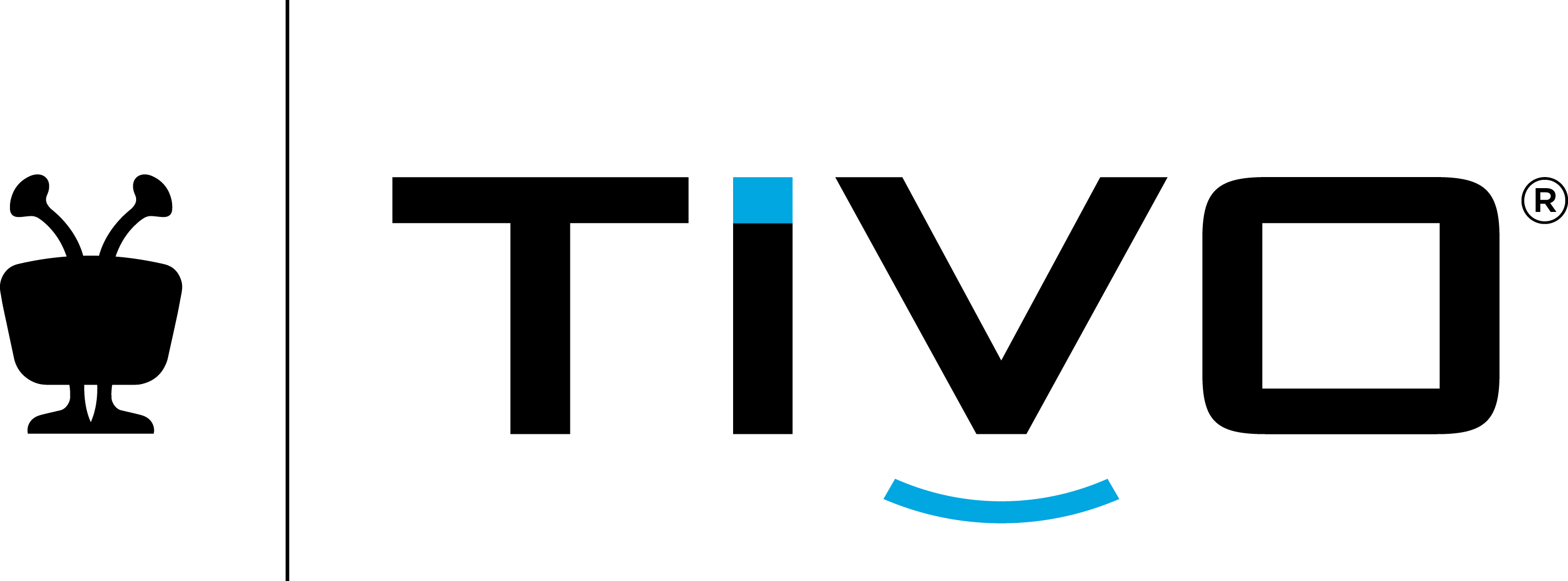Keeping Pay-TV Profitable in the Netflix Era

$100 billion: That's about how much U.S. consumers paid last year to subscribe to pay-TV. Despite all the buzz about cord-cutting, nearly three-quarters of U.S. homes still subscribe to pay-TV services, and watch an average of 7 billion hours of paid content each week.
The downside for pay-TV operators is that Subscription VOD (SVOD) services like Netflix, Amazon, and Hulu are taking an increasingly larger share of these revenues. To address this, operators need to consider their pay-TV distribution options carefully and make the best strategic choices for the future.
The new TiVo white paper, The Value of Video: Pay-TV's Value in the Bundle and How to Boost Its Contribution examines the issues confronting pay-TV operators as they consider the future of their video platforms, and offers a range of investment scenarios that can make a difference.
The white paper starts by outlining the Four Pay-TV Market Truths affecting pay-TV today:
- At $100 billion in U.S. revenues annually, pay-TV remains an important money-maker for operators.
- Traditional pay-TV platforms are resistant to change and expensive to replace.
- Operators need to move to some form of next-gen pay-TV distribution platforms to compete with SVODs.
- Virtual MVPDs (vMVPDs) such as Sling TV prove that a cloud-based IPTV platform can provide a key advantage point for operators.
Having defined the threats, The Value of Video details the Strategic Signposts that accurately assess pay-TV's actual contribution to an operators bottom line. These signposts include:
- The economic contribution of each pay-TV customer to the operator over time, from sign-up through subscription and cancellation (aka customer lifetime value).
- The cost of provisioning pay-TV content and the operators gross margins from pay-TV operations (content costs/gross margin).
- Understanding how customers are actually using the operators pay-TV services by monitoring their usage data over time (customer usage metrics).
- How the operators video platform is (or isn't) capable of evolving to keep up with demand and competition over time (platform evolution).
With this information at hand, an operator can now evaluate the investment scenarios available to them for running competitive and profitable pay-TV distribution. To aid their evaluations, The Value of Video white paper provides detailed Strategic Signpost assessments for the following three scenarios
In brief, the first pay-TV investment scenario is built on a vMPVD Bundle, where a pay-TV operator partners with a vMVPD to deliver pay-TV to a set-top streaming media player like Roku or Fire TV.
This approach has a mixed impact on the four strategic signposts. Customer lifespan value is enhanced because the vMVPD helps reinforce the value of the bundle. However, there is a massive loss of video revenue, and the pay-TV operator is vulnerable to vMVPD price increases and problems. Gross margin is improved because substantial costs like content licensing fees and capital costs are reduced or eliminated. The loss of customer usage metrics means the pay-TV operator will be less effective at targeting pay-per-view promotions. Finally, the pay-TV operator will have a lighter video platform allowing them to leverage off-the-shelf and BYOD options.
The second investment scenario sees operators update/replace their current pay-TV infrastructure to compete with SVOD. This scenario boosts customer lifetime value and customer usage metrics, while increasing content costs, eroding gross margins, and impeding platform evolution due to adopting a non-IPTV hardware-based delivery solution.
The final scenario involves an operator moving to a cloud-based IPTV option, with DVR functions, on-demand service, and the user interface all being served to customers from the cloud. This is the only option that has a positive impact on customer lifetime value, customer usage metrics and platform evolution, while holding steady on content costs/gross margin over time and having no negative effects overall.
Having assessed the three investments without promoting any specific products or services, The Value of Pay-TV advises readers to decide for yourself which scenario helps you the most in raising the value of video products for your organization.
The TiVo white paper can be downloaded free of charge here.

Broadcasting & Cable Newsletter
The smarter way to stay on top of broadcasting and cable industry. Sign up below
